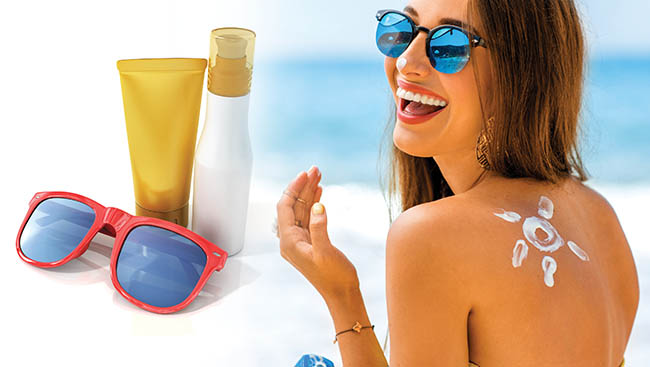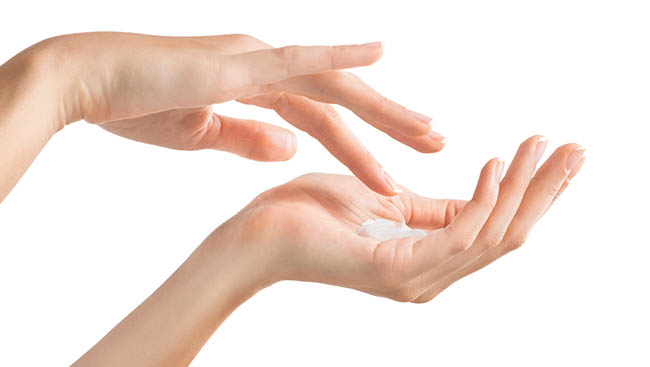Sunscreens are a daily ritual boasted highly by the health industry and yet emerging studies constantly equate growing cases of skin cancer with them.
Sunscreens are a billion-dollar industry that have staged their dominance in the health and beauty industry. Health experts and media have played their part in promoting its significance but we as consumers must complete our share of compulsory research, and this would be true for any product we purchase on a day to day basis – do your research, check the ingredients.
Skin is the largest organ of the human body therefore regular application of sunscreen, if purchased without any background check, can potentially do more harm than good to the body. Environmental Working Group (EWG), a non-profit, non-partisan organization designed to scrutinize products and companies and release reports, online databases, apps and campaigns to educate and empower consumers, publishes annual data on sunscreens. Dr. Cobi Slater, doctor of Natural Medicine based in BC quotes the EWG saying, “In 2014, the Environmental Working Group published their guide to safe sunscreens. In the process, they reviewed over 2,000 sunscreens currently on the market including over 257 different brands. The EWG concluded from their study that over 75% of the sunscreens contained toxic and carcinogenic (cancer causing) chemicals.” Additionally, world-wide statistics suggest that incidence of skin cancer in on the rise globally, adds Dr. Slater.
Radiation can cause serious harm to skin. Collagen and elastin are proteins constituting the crucial matrix of healthy skin, which under exposure of ultraviolet (UV) rays can be damaged. Radiation can also damage our DNA resulting in mutation of cell growth, consequently leading to abnormal cell growth and cancer. Sunscreens come in as one of the important factors defending our skin from serious dangers, but to take them as the last word can be problematic.

Sunscreens are categorized to provide protection via mineral and chemical filters. Mineral sunscreens typically employ zinc oxide or titanium dioxide to create a physical barrier, whereas chemical sunscreens come with ingredients that include oxybenzone, avobenzone, octisalate, octocrylene, homosalate and octinoxate. Zinc oxide, combined with other ingredients can also be seen in chemical sunscreens.
Chemicals in non-mineral sunscreens are known to penetrate into the skin, potentially disrupting the hormone system. The EWG reports that chemical sunscreens act as endocrine disruptors through estrogenic activity and cause issues with thyroid function and other hormonal processes. In reference to chemical sunscreens, Dr. Slater explains, “Sunscreen ingredients are absorbed through the skin and into the blood stream. Once in the blood, these toxins release free radicals which act like estrogen and disrupt the hormones.” They are also highly allergenic and irritating to the skin. “In regard to cancer, the ingredient retinyl palmitate, which is a Vitamin A derivative, was shown to speed up the growth of cancerous cells by 21%.”
The most controversial ingredient, oxybenzone, found in nearly all chemical sunscreens has raised a red flag amongst research groups, including the EWG, which warns against using oxybenzone on children or pregnant/breastfeeding women. A recent study by the Center for Disease Control and Prevention (based in United States) found oxybenzone in 96 per cent of the US population. “Based on these statistics, it is no wonder that savvy consumers are seeking alternatives to conventional sunscreens. This trend will continue as more research reveals the increasingly harmful effects of toxic sunscreens,” Dr. Slater responds.
Moving on to mineral sunscreens, these are made with zinc oxide and titanium dioxide and perform significantly better than their counterpart. They do not breakdown in sunlight, are not usually absorbed (and therefore do not disrupt the body’s hormones), are not allergenic, and are more effective at blocking UVA rays than non-minerals. “These sunscreens are a good choice for children and according to the EWG, they have the best safety profiles of the choices in North America,” Dr. Slater claims. Some great options for safe natural mineral sunscreens include Alba Botanical, Badger, Babyganics, JASON and Naked Turtle.
The debate does not intend to rule out the usage of sunscreens altogether; they have a role, but they do not make you invincible against the harmful UVA and UVB rays, therefore it is advisable not to rely on sunscreens completely.

Your best defences:
- Dr. Slater’s red flag list: cinoxate, dioxybenzone, homosalate, menthyl anthranilate, methoxycinnamate, octocrylene, octyl salicyclate, oxybenzone, para-aminobenzoic acid, parabens and phenylbenzimidazole
- Avoid being outdoors when the sun is at its peak
- Cover up with light clothing
- Always have sunglasses. They protect your eyes from harmful UV rays that can cause cataract
- Before you pick a sunscreen, do an EWG check
- Avoid spray sunscreens. They can be harmful if inhaled
- Invest in an antioxidant-rich diet to protect the skin on a continuous basis
- Don’t avoid the sun, it is your source for vitamin D
- Remember SPF (Sun Protection Factor) only measures UVB. Grab a broad spectrum sunscreen for protection against both UVA and UVB






